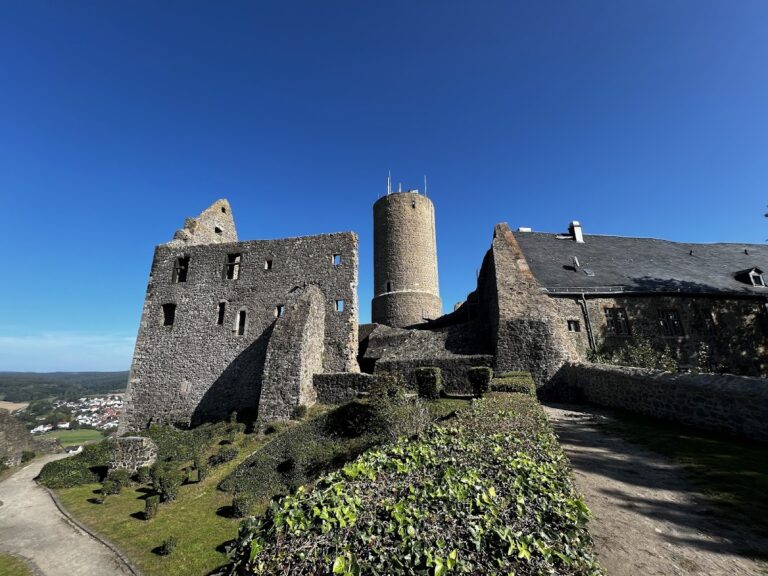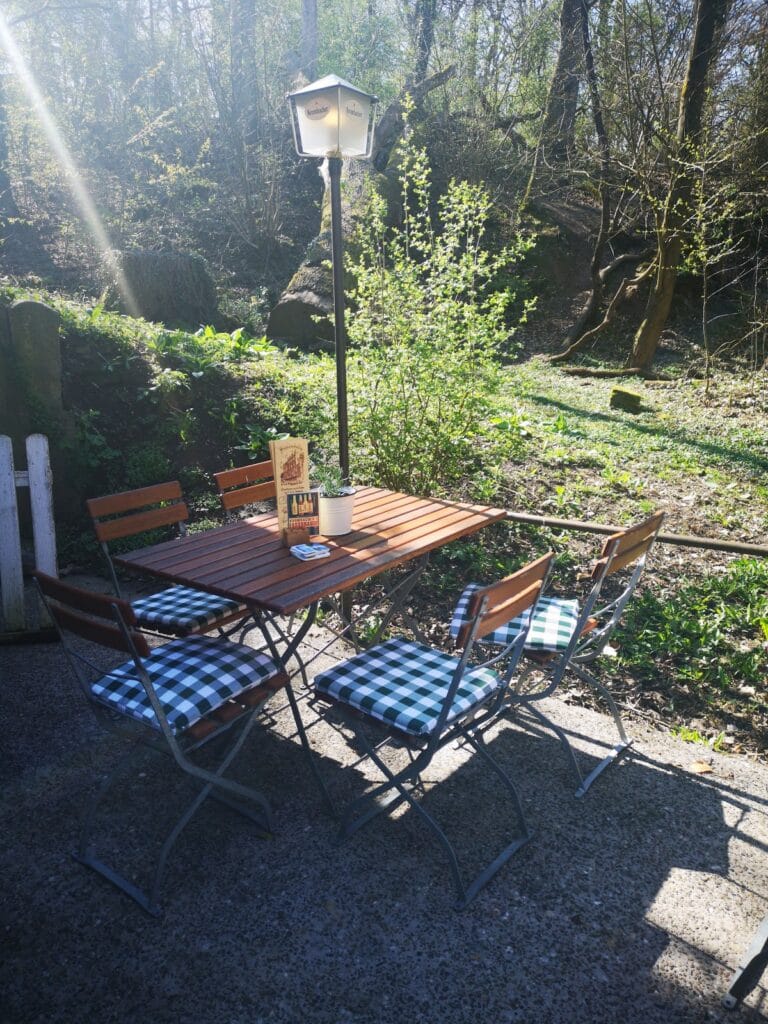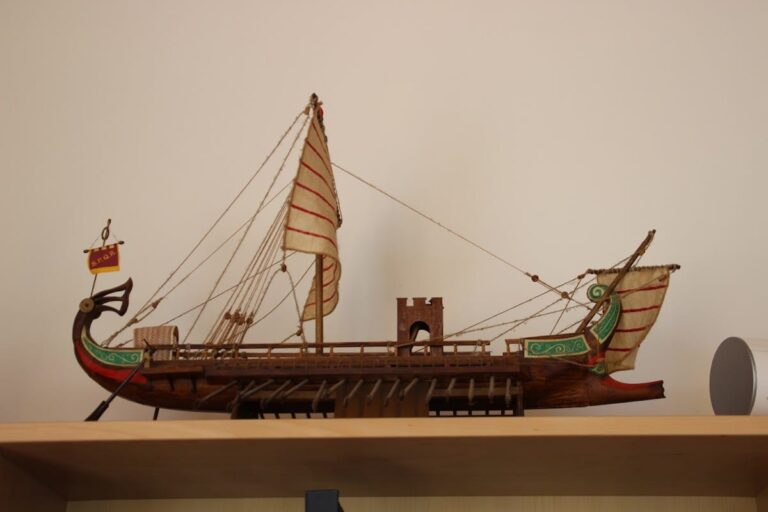Vetzberg Castle: A Medieval Fortress in Biebertal, Germany
Visitor Information
Google Rating: 4.3
Popularity: Low
Google Maps: View on Google Maps
Country: Germany
Civilization: Unclassified
Remains: Military
History
Vetzberg Castle stands near the village of Vetzberg in the municipality of Biebertal, Germany. It was built by medieval German nobility, with origins tracing back to the early 12th century.
The earliest part of Vetzberg Castle, known as the upper castle, likely dates from the first half of the 1100s. It was first recorded in 1150, and by 1226 it carried the name Vogtisberg, reflecting its function as a secondary stronghold controlled by the counts of Gleiberg and their officials called Vögte—bailiff-like administrators. Around the mid-1200s, the castle was enlarged with the addition of a lower section, creating a more extensive fortified complex.
In the early 13th century, Conradus de Deyrenbach emerged as an important figure connected to Vetzberg. He is regarded as the founder of the Dernbach inheritance family, which held significant shares of the castle estate during the 14th and 15th centuries. This family also owned Alt-Dernbach, a nearby small water castle, linking the estates by family ties.
Over time, the Vetzberg estate fragmented into multiple shares, with as many as 34 co-heirs jointly owning parts of the property. Some of these co-heirs used the castle as a base for marauding activity as robber knights, which led to armed responses. Notably, Vetzberg experienced several sieges, with the final recorded attack in 1463 led by the captain of Frankfurt. Following the outlawing of feuding and private warfare by the 1495 “Eternal Peace” proclamation, the castle lost its military function and was abandoned.
In the late 18th century, specifically in 1765, the remaining owners sold their rights and holdings to the princes of Nassau-Weilburg. This marked the end of Vetzberg’s role as a fortified residence, and over time it fell into ruin. Since the mid-20th century, preservation efforts have been undertaken by local groups and the municipality, culminating in restoration work completed on the castle’s keep in 2022.
Remains
Vetzberg Castle occupies a prominent hilltop position providing commanding views over the adjacent landscape. Its layout originally consisted of an upper stronghold with a tall keep and associated residential buildings, later joined by a lower castle to expand the complex. The fortress was constructed predominantly using stone masonry, a common method of the medieval period providing strength and durability.
Among the surviving structures, the most prominent is the keep, also known by the German term bergfried, which reaches a height of approximately 22.7 meters. This tower features three floors, each covered by dome-shaped vaulted ceilings. Originally, access to the keep was secured through two elevated entrances located at heights of 8.6 and 12.8 meters respectively, a defensive design typical for medieval castles that limited ground-level entry. In 1935, a modern entrance was introduced at ground level to facilitate safer access in recent times.
Next to the keep, the gable wall of the palas, or main residential building, still stands, along with remnants of the ring walls that once enclosed the castle’s core area. Parts of the lower castle, added during the 13th century expansion, remain visible as ruins on the hillside below.
In 2000, a steel staircase was installed connecting the palas and the keep, allowing visitors to reach the northern elevated entrance and a small observation platform. This platform offers views over the village of Vetzberg, while the keep itself possesses a small balcony facing southeast toward the town of Gießen. Near the top of the keep, at about 21.5 meters high, another viewing platform exists, accessed via steep stairs and available under special arrangement.
By early 2016, concerns over loose masonry led to safety measures being put in place, including securing nets and tension belts on the tower. During this time, access was restricted pending full renovation, which was carried out and completed by 2022. Today, the ruins stand as preserved remnants of medieval military architecture, marked by their sturdy construction and hilltop location that once offered strategic oversight of the surrounding territory, including the nearby Gleiberg Castle roughly 1.5 kilometers to the southeast.










